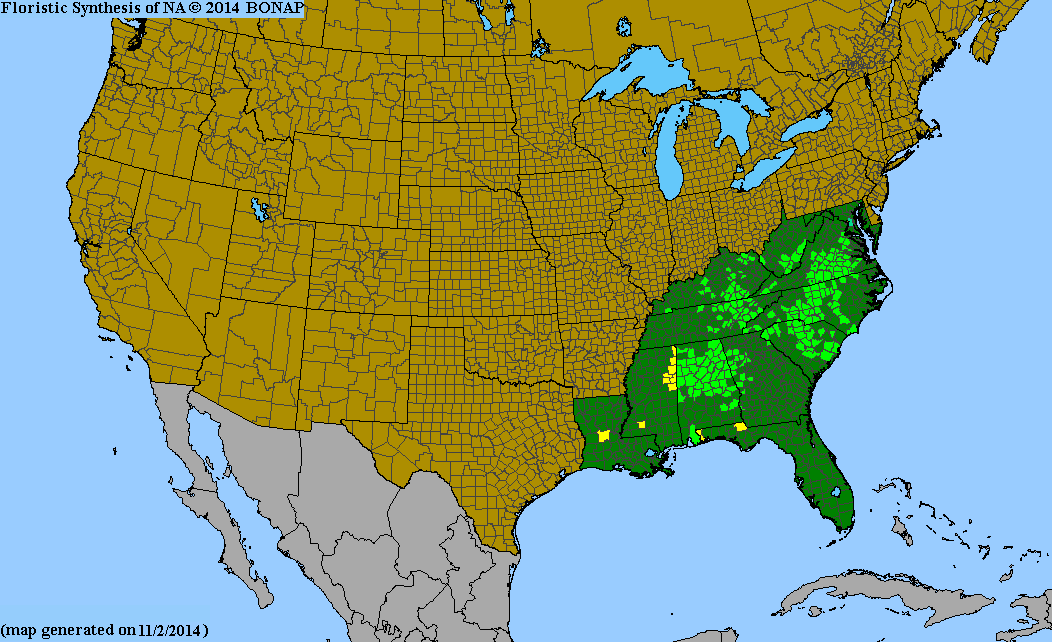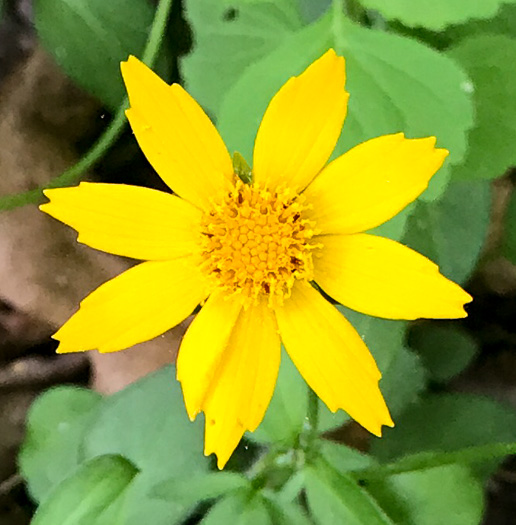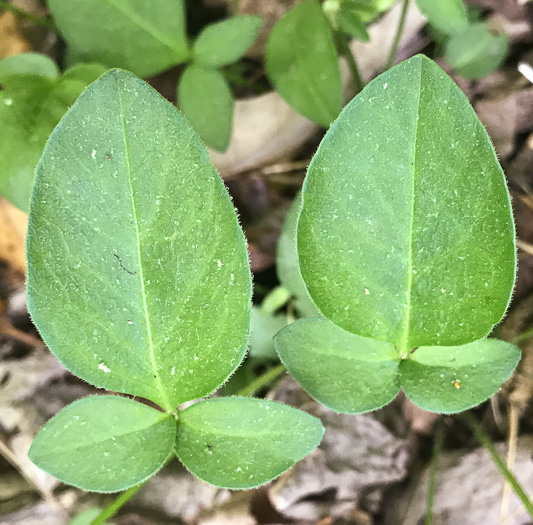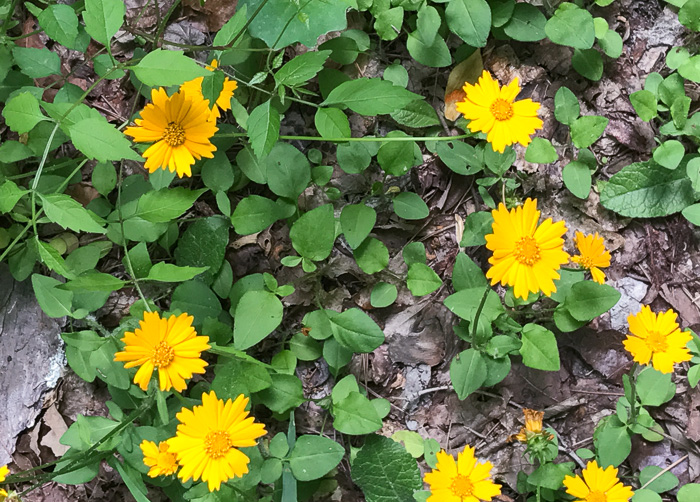Asteraceae
mouse-ear coreopsis
Coreopsis auriculata
Other Common Names
lobed tickseed, dwarf coreopsis
Plant Type
Herbaceous Wildflower
Life Cycle
Perennial
Typical Size
1-2 ft. tall
.6-.9 ft. wide
Tolerant of
Deer
Propagation
By seed, By division
Plant Propagation Notes
Colonizes by stolons to form mass planting. Divide clumps in spring. Cold stratification not required for seeds.
Plant Planting Notes
Performs well in rich soil, consider amending with compost when planting. Do not plant crown of plant lower than soil level.
Plants/Diseases
Crown rot can occur in moist, poorly draining soils.
Wildlife Benefits
Nectar/pollen source for pollinating insects, Host plant for butterfly larvae, Fruit/seeds for birds
Leaves
Green ovate leaves 1-3 inches long. Leaves may be evergreen in warmer climates or for some cultivars.
Flowers
Radial yellow flower with 7-23 petals 1-3 inches wide. Bloom spring and summer but may provide flowers in fall too if summer flowers are deadheaded.
Fruit
1 inch wide capsule containing many seeds, 4 weeks after bloom is spent.

USDA Hardiness Zones
4, 5, 6, 7, 8, 9
Light Exposure
Full Sun, Part Sun/Shade
Soil Moisture
Dry, Medium, Moist
Soil Drainage
Well-drained
Soil pH
Acidic (less than 6.0), Neutral (6.0-8.0)
Native in South Carolina?
Yes
Plant Native Habitat
Wood edges, woodland openings, and Eastern red cedar savannas.
Global Conservation Status (NatureServe)
Secure (G5)
Federal Conservation Status (USFWS)
Not Listed
Distribution Notes
Uncommon in the South Carolina coastal plain. Common in the piedmont. Rare in the mountains.
Subspecies
Cultivars may be available in the nursery trade



